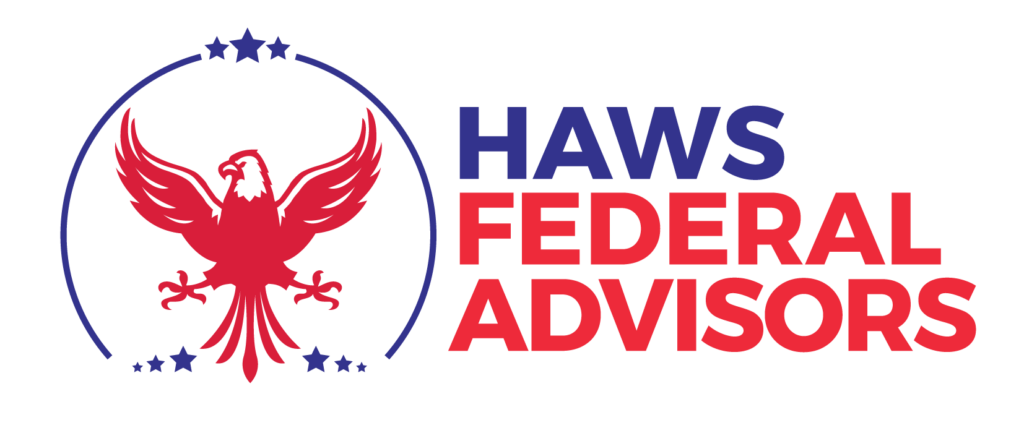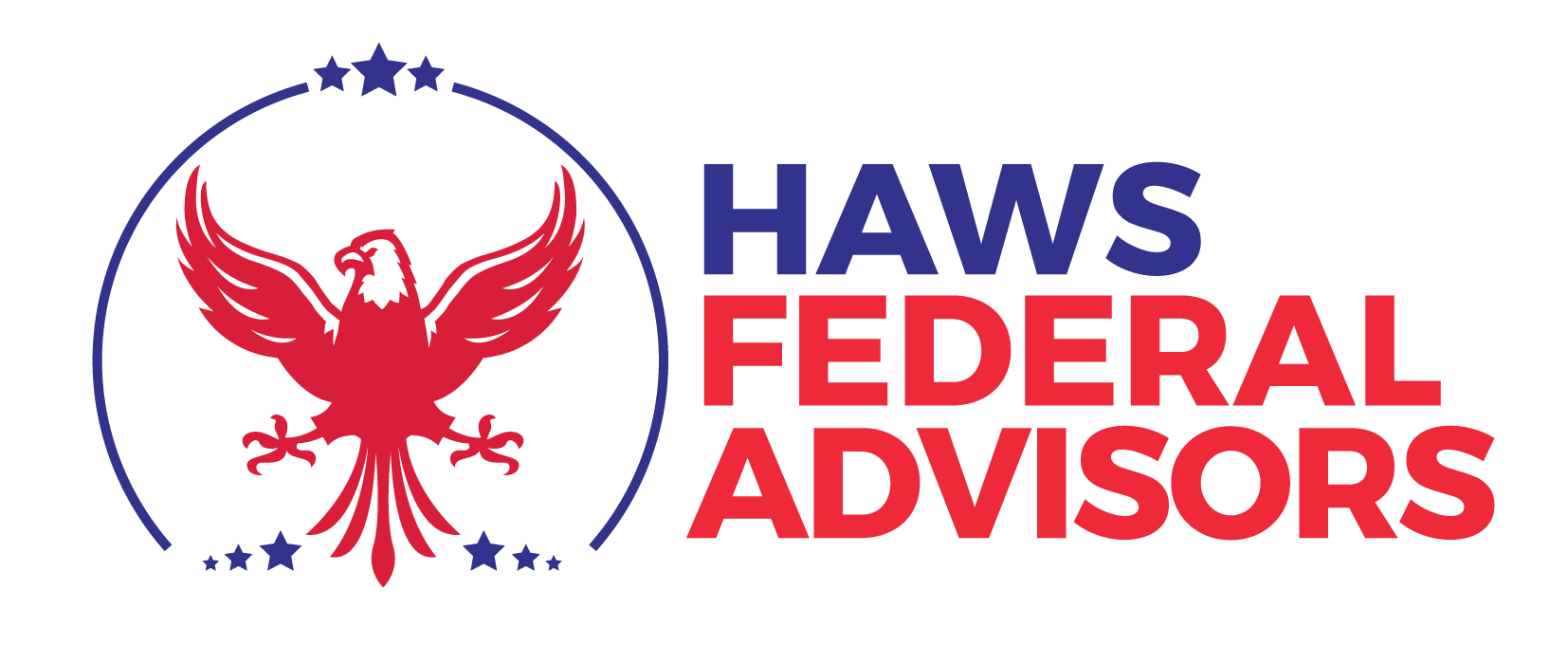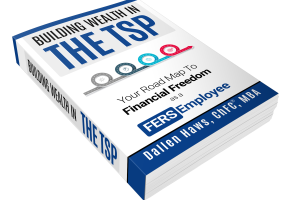Retirement is one of the most significant milestones in your federal career. As a federal employee, strategically timing your retirement date can help you make the most of your hard-earned benefits—your pension, annual leave, sick leave, and more. But many federal employees overlook key details that can cost them money or delay benefits. Let’s walk through how you can time your retirement the smart way to ensure you start this next chapter of life on the right foot.
Start with the Big Picture: Are You Truly Ready?
Before diving into dates and deadlines, it’s essential to take a step back and assess whether you are both emotionally and financially ready to retire. Many federal employees feel burned out or ready to move on, but emotions alone are not a sufficient reason to retire. Likewise, you might be financially prepared, but emotionally not ready to give up the structure or purpose that work brings. Retirement works best when both boxes—emotional and financial readiness—are checked.
Emotional Readiness
Ask yourself if you’re truly ready to leave the workforce. Retirement can feel exciting, but it can also feel uncertain or empty if you haven’t thought through how you’ll spend your time. Consider hobbies, volunteer work, travel plans, or family time. Having a purpose in retirement makes the transition smoother.
Financial Readiness
This is the non-negotiable part. Do you know what your pension will be? What about your FERS supplement, Social Security, and withdrawals from your Thrift Savings Plan (TSP)? Have you accounted for healthcare costs, inflation, taxes, survivor benefits, etc.? Don’t just assume you’ll be fine because your coworker is. Run the numbers. Work with a financial planner if you need help making projections.
Once you’ve confirmed both emotional and financial readiness, you can move into the more detailed aspects of selecting your ideal retirement date.
Key Dates Matter More Than You Think
When you retire impacts your benefits. A few days or weeks can mean the difference between thousands of dollars in lost income or delayed payments. Let’s break down the three most important timing strategies.
1. Retire at the End of the Month
This is perhaps the most crucial point. Your pension begins the month after you retire. But here’s the catch: if you work even a single day into the next month, you don’t get paid your pension for that month.
Example:
Retire on September 30 → You start receiving pension payments October 1.
Retire on October 1 → You start receiving pension payments November 1.
That’s a whole month of income lost because of one extra day of work. This is why the end of the month is the gold standard for retirement dates. It minimizes the gap between your last paycheck and your first pension payment.
2. Retire at the End of a Pay Period
While not quite as critical as month-end timing, retiring at the end of a pay period ensures that you get full credit for the leave you earned during that pay period.
Federal employees accrue both annual leave and sick leave at the end of each pay period. For example, if you accrue 8 hours of annual leave and you retire just one day before the pay period ends, you forfeit that entire 8 hours. You don’t get partial credit.
This lost leave could:
Reduce your lump-sum payout of unused annual leave at retirement.
Decrease the service credit from unused sick leave, which can slightly boost your pension.
So, retiring at the end of a pay period can squeeze out a little extra value—especially for those with long tenures or high annual leave balances.
3. Retire at the End of the Leave Calendar Year
This strategy is all about maximizing your annual leave payout.
Each leave calendar year, federal employees can only carry over a maximum number of annual leave hours. For many, that’s 240 hours. However, if you retire before the end of the leave year, there’s no cap on how much leave you can cash out.
Example:
Let’s say you have 400 hours of annual leave.
If you retire before the end of the leave year, you get paid for all 400 hours.
If you retire after, and the carryover limit is 240 hours, you only get paid for 240 hours. That’s a loss of 160 hours—potentially worth thousands of dollars.
This is why December 31 or the last day of the leave year is one of the most popular retirement dates for federal employees.
How to Choose the Best Date for You
While these timing strategies are helpful, don’t forget to factor in personal goals and agency-specific programs. For example, in 2025, many agencies are offering early retirement incentives like VERA or DRP programs. These may force you to retire by a specific date, such as September 30. If that’s the case, you’ll still want to coordinate that date to fall at the end of a month and, if possible, at the end of a pay period.
Check out this video to see some of the best days to retire in 2025: https://youtu.be/2VYFR24M3Xc?feature=shared
Final Thoughts
Strategically timing your federal retirement isn’t about picking a random date or following your coworker’s lead. It’s about:
Ensuring you’re emotionally and financially ready.
Understanding how retirement timing affects your benefits.
Choosing a date that maximizes income and minimizes any unnecessary delays.
It’s worth the effort to think it through. With proper planning, you’ll step into retirement with confidence, clarity, and more money in your pocket.
So whether you’re planning to retire this year, next year, or five years from now—use these strategies to your advantage. You’ve worked hard to earn these benefits. Now it’s time to make the most of them.


